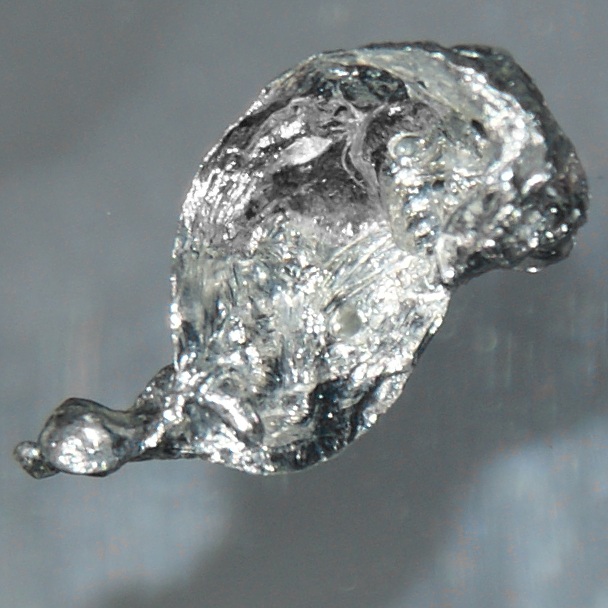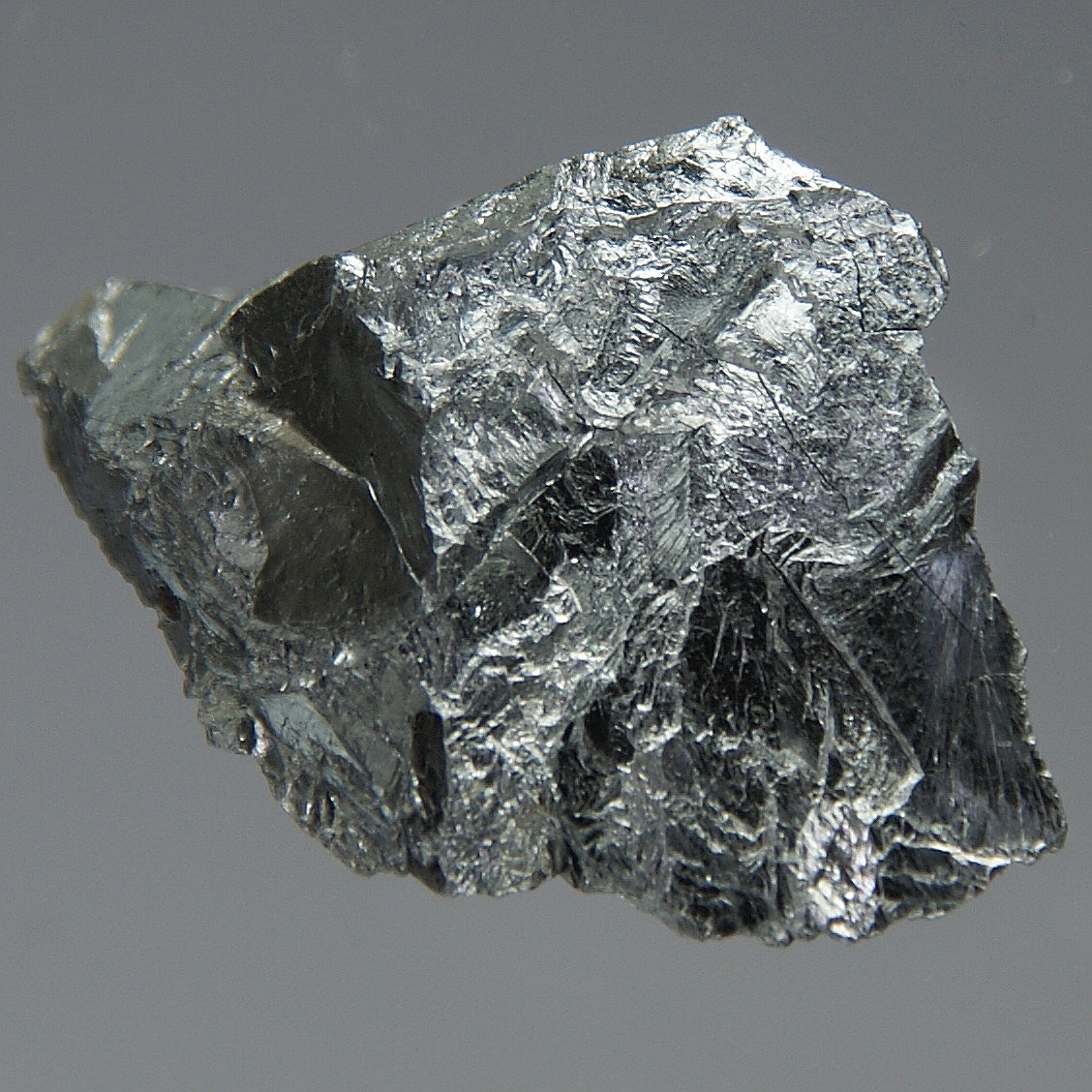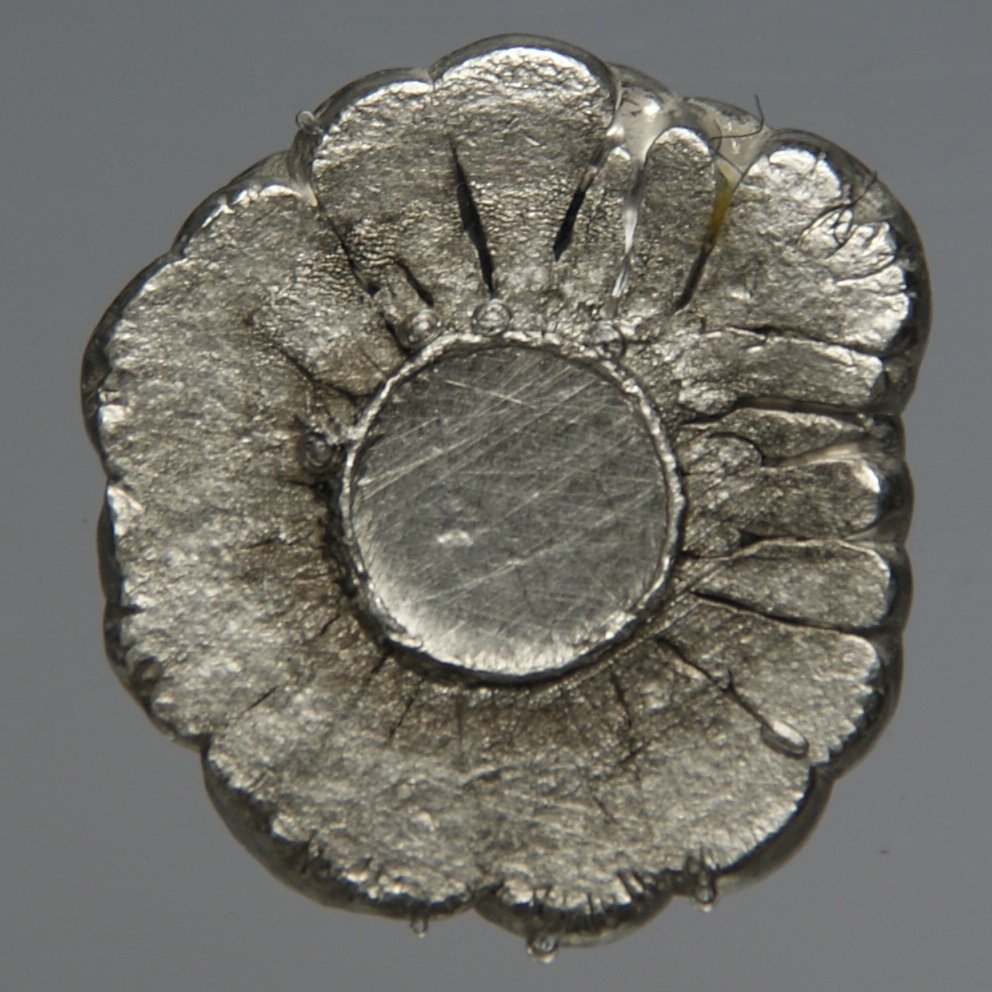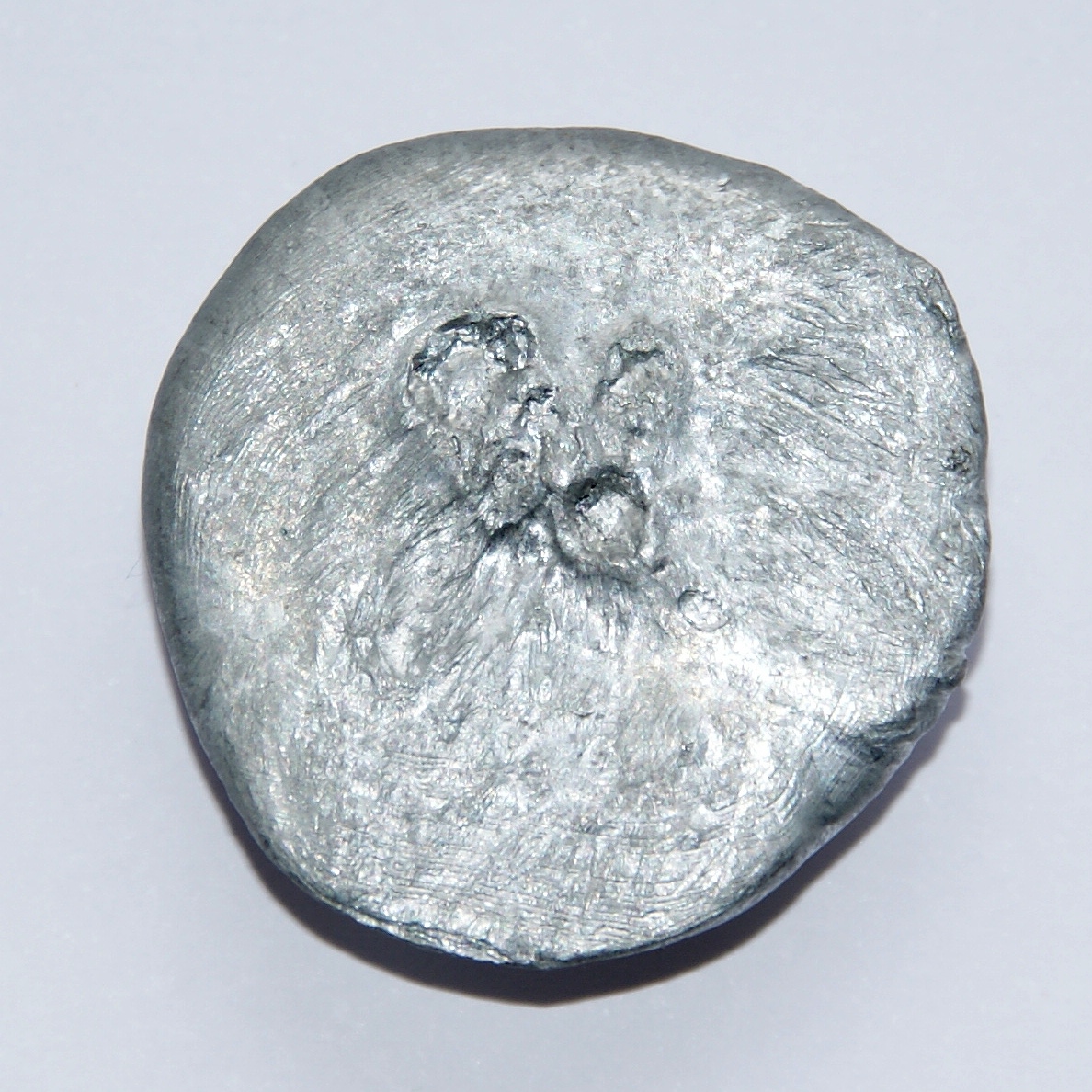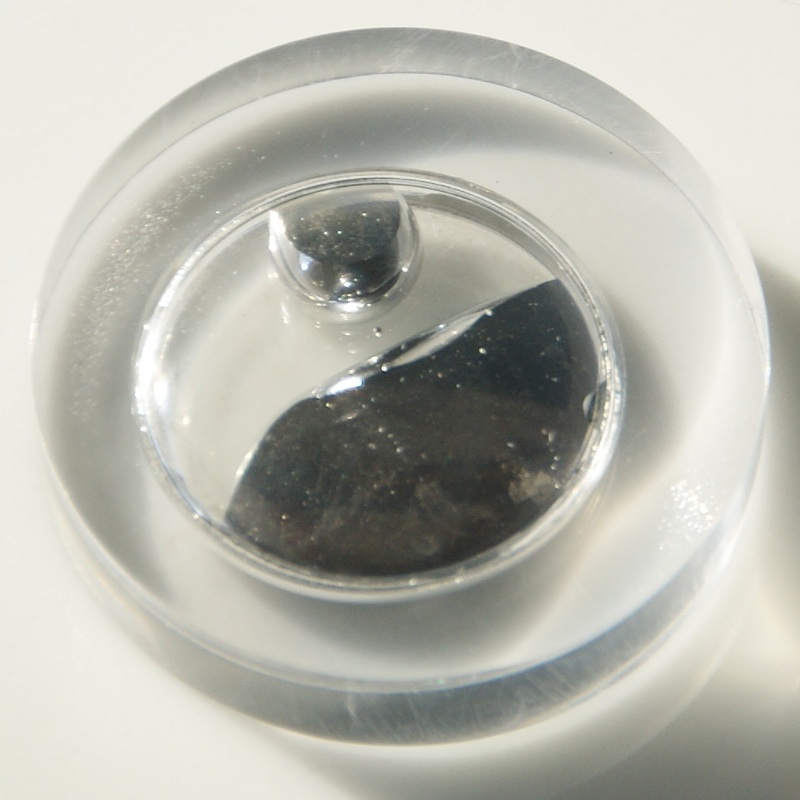Longevity is one of the biggest goals for a contractor when dealing with any project, but especially new buildings. From an outside perspective, building a new structure has obvious steps: create the foundation, construct sturdy walls, an even sturdier roof, and so on. However, planning for a new building starts far before designing the building itself, but understanding what’s below it – the soil. By studying soil prior to making any plans, grading and drainage can be decided, changes to required materials can be made, and budgets can be adjusted as needed. Soil plays a major part in how a building can be constructed, and it also makes this industry diverse in approaches to their method as soil is different all over the world!
Testing the soil is crucial to making plans as it can greatly affect them. The makeup of the ground determines where a building can be placed, where trenches can be dug, and where septic systems can be installed. Healthy soil can be observed by plants thriving in the area, especially large vegetation such as trees and bushes. This means the soils is loose and deep enough for roots to extend out and retrieve nutrients. The topsoil will also be medium to dark brown, and very crumbly when it’s wet. This is a great sign for new construction as it means the soil will maintain its shape after heavy rainfall, meaning little to no erosion. Soil also varies in ways that affect how it will bear weight, absorb water, and how it settles over time. Every soil has a bearing capacity, which measures the load it can support, that is checked by analyzing the soils physical and chemical composition. This includes the liquid limit, plastic limit, and shrinkage limit, which all aid in determining the length and depth of the pillars required for a stable foundation. The permeability and drainage of the soil is also tested using percolation, or deep hole and seasonal high water table tests. These are most common on sites that are not dealing with municipal sewage systems, as they help determine the best way to install one that stands alone.
Soil can also hold in toxins that may not be noticeable until they’re unearthed during excavation. If any are present, it could set a job site back in schedule, and possibly even cancel it. Some are extremely toxic to humans, and have unfortunately been linked to Leukemia, kidney damage, liver toxicity, and neuromuscular blockage. There are also less severe symptoms such as headaches, nausea, fatigue, and a skin rash, but nonetheless, still harmful.
Cadmium
Cadmium is the cause of the Itai-Itai disease in Japan starting in 1912 due to mining companies releasing toxins into rivers.
Chromium
Michigan faced a chromium excavation in 2019, when they found the soil to be blue due to the immense amounts of metal.
Copper
Copper can be highly toxic to many plants, and also cause medical issues with humans such as jaundice and decreased liver function.
Lead
Coming into contact with lead could cause permanent health issues for anyone of any age, as well as high blood pressure and even fertility problems.
Zinc
Zinc can cause loss of appetite, vomiting, and severe stomach pains to both humans and animals.
Arsenic
Arsenic poisoning can cause serious skin and digestive issues, including multiple types of cancer.
This job is typically performed by a Geotechnical Engineer. They will bore holes in the ground and take them to study and run a multitude of tests. Soil testing isn’t just a one visit job but reoccurring as new soil can be found the further you excavate and compact areas. They also help home and business owners having issues with their current home or buildings foundation, or other structural issues that signal poor soil stability and/or drainage. Based on their findings, they can give recommendations on how to better the area for the new structure. They could say the ground needs to be graded to support better drainage away from the foundation, extra drainage systems need to be in place, or potentially the location for the planned building isn’t suitable for the existing soil, and an outside material might be needed. The most obvious reason to test the soil of the proposed work site is to accurately determine the type of soil the contractor will be working with. With the large variety of soils, that means there are different responses to the elements that can damage a foundation and building in the long run.
While it’s extremely exciting to start working on a new project, when contractors say they manage projects from the ground up, they genuinely mean it! Soil plays a large role in projects and the finances, as it can alter your needed materials, hiring more team members, and the project schedule. Taking your time in the planning process can lead to a project that is run much quicker than normal as you’ve covered all your bases thoroughly and have plans for the future of the structure after you’ve completed! If you enjoyed this blog, please leave a comment below or share online via the icons!
Share this Post


